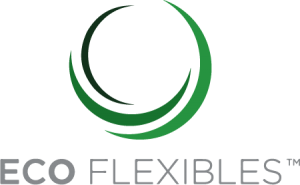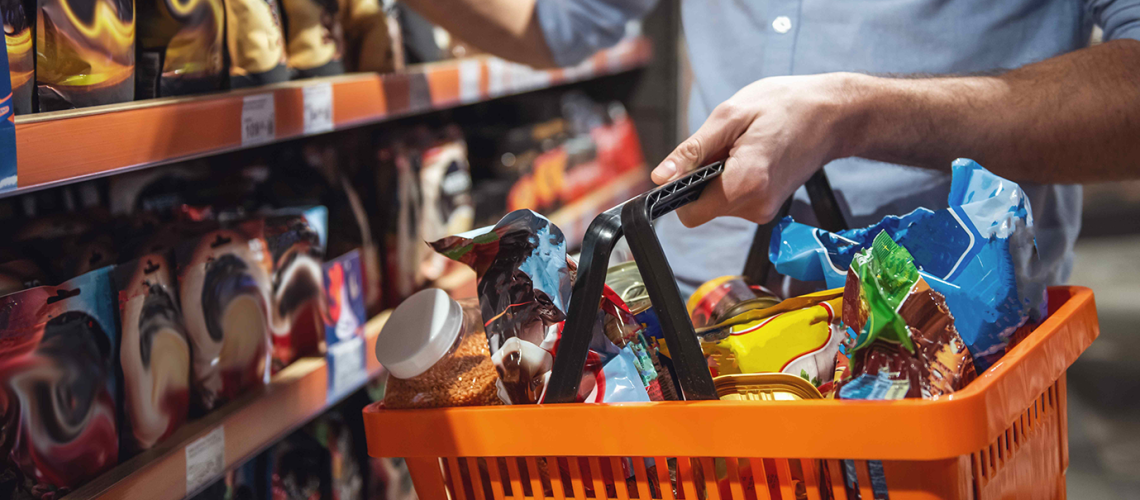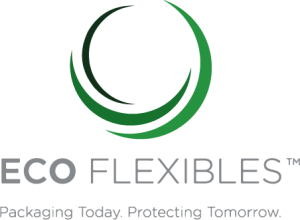Driven by regulatory changes, consumer demand, and industry innovation, the US flexible packaging market is seeing significant change on the horizon. Despite challenges in American recycling infrastructure, forward-thinking brands are finding pathways to sustainability-focused packaging solutions.
Unlike Europe’s mostly harmonized approach, America’s recycling infrastructure varies dramatically not just state by state, but district by district. Consider these sobering statistics: only 2% of US households can recycle film and flexible packaging through curbside programs, despite film and flexibles representing 21% of the US packaging market. This fragmentation creates a challenging environment for implementing nationwide sustainable packaging initiatives, but it also creates numerous opportunities for brand owners.
Despite these hurdles, progress is gaining momentum through initiatives like The Recycling Partnership’s Film and Flexibles Recycling Coalition, which has invested nearly $5 million across 19 projects since 2020 to tackle these challenges.
Regulatory Shifts Driving Change
US packaging regulations are evolving rapidly. Five states have already enacted Extended Producer Responsibility (EPR) laws: California (with SB 54 compliance deadlines approaching), Colorado, Maine, Minnesota, and Oregon, with ten more states actively considering similar legislation. These regulations will fundamentally reshape how brands approach packaging design, manufacture, and end-of-life management, creating urgency for proactive solutions.
For US brands looking to future-proof their packaging strategy, recyclable mono-material flexible packaging designs offer a compelling path forward. Unlike traditional multi-layer flexible packaging that combines different materials and adhesives, mono-material packaging—whether monopolymer plastic or paper-based—utilizes consistent materials throughout its structure.
This approach addresses a central challenge in US recycling systems – the difficulty in processing mixed materials. When flexible packaging contains consistent materials, it becomes significantly easier to recycle through existing infrastructure, even in America’s fragmented recycling landscape.
The benefits of mono-material flexible packaging are clear: enhanced recyclability in current US waste streams, maintained barrier performance to protect product integrity, reduced carbon footprint through lightweight design, proactive regulatory compliance with emerging EPR laws, and consumer appeal through visible sustainability commitment.
Getting Future-Ready: Practical Steps for US Brand Owners
While the long-term regulatory landscape may shift, the business case for sustainable packaging remains strong. Designing for recyclability is a smart strategy that positions brands favorably with consumers while preparing for potential future requirements.
Starting this journey begins with partnering with an experienced packaging team like Eco Flexibles. Our experts can help audit your current packaging designs to identify which elements could prove problematic under emerging US regulations and prioritize redesign efforts. From there, our team helps brands adopt design for recyclability (D4R) principles by following the US Plastics Pact guidelines and, where technically feasible, incorporating post-consumer recycled content into the packaging substrate to strengthen circular economy claims.
The advantage of working with specialists like Eco Flexibles is that we take the heavy lifting out of sustainable packaging design. With our expertise in the unique challenges of the US market, we handle all aspects of switching to recyclable flexible packaging – from design and testing to accreditation and delivery.
Making Sustainability Simple in a Complex Market
Despite the uncertainties in the US recycling infrastructure, brands shouldn’t delay their transition to more sustainable packaging solutions. Eco Flexibles specializes in making this transition straightforward, even in complex markets. We provide expertise in both monopolymer and paper-based flexible packaging designs that meet current and anticipated requirements, end-to-end support from concept to completion, and both off-the-shelf and bespoke solutions for every product category.
Our experience helping US brands navigate fragmented recycling landscapes means we understand the practical realities of implementing sustainable packaging in North America.
The Path Forward
By adopting recyclable mono-material designs now, brands, retailers and their packers can position themselves favorably while contributing to the critical mass needed to drive wider system improvements. As California’s SB 54 deadlines approach, early adopters will have a significant advantage in both compliance and consumer perception.
The future of sustainable flexible packaging in the US requires innovation, collaboration, and expertise. With partners like Eco Flexibles helping to navigate the complexity, brands can transform packaging challenges into opportunities for differentiation and growth.
Ready to simplify your sustainable packaging journey in the US market? Contact Eco Flexibles today to discover how straightforward the switch to recyclable flexible packaging can be, even in America’s complex regulatory environment.
Click here get in touch with our team today and learn more about end-to-end recyclable flexible packaging solutions.


